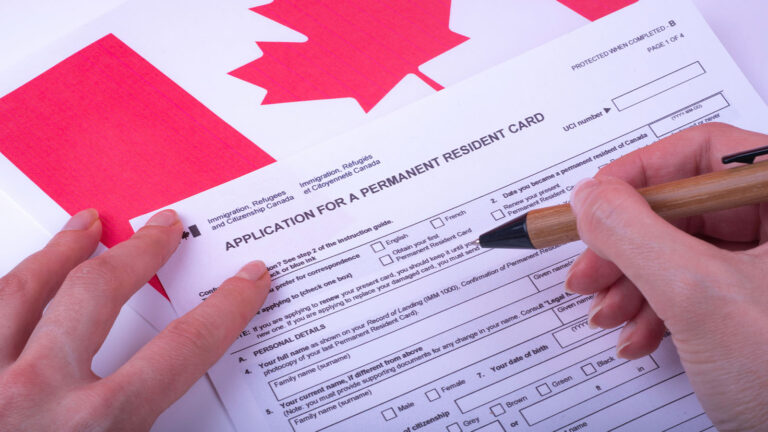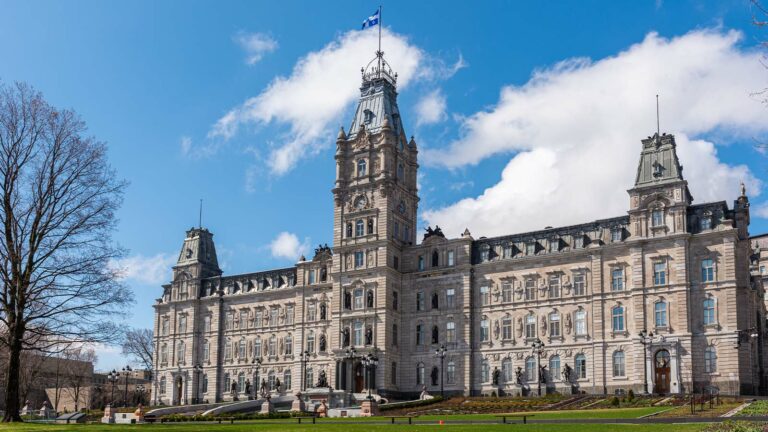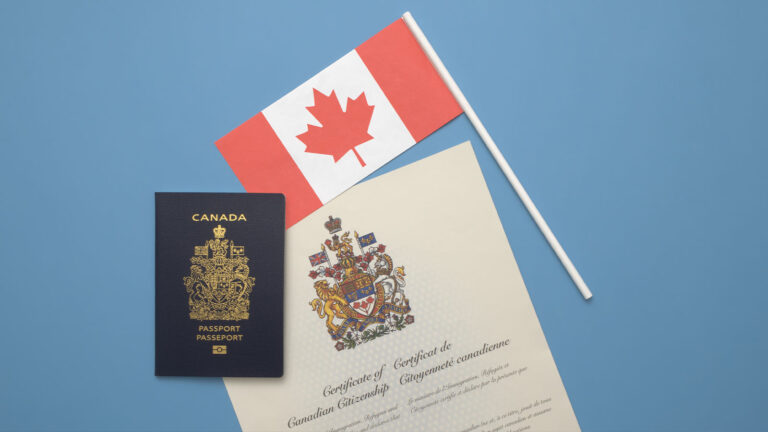Read More Canada Immigration News Saskatchewan Bolsters Immigration Framework to Foster Economic Growth Navigating Canada’s Tax Benefits and Credits for Newcomers Success in Higher Education and Beyond for Immigrant Children
In February of the same year, Canada welcomed 39,975 new permanent residents, a notable decrease from the 49,670 recorded in February 2023. With two consecutive months of softer permanent immigration numbers compared to 2023, Canada welcomed only 86,710 new permanent residents in the first two months of 2024, which is 13,905 fewer than the 100,615 in January and February of 2023. This decline in year-to-date permanent immigration to Canada is larger than the entire population of Portage La Prairie in Manitoba. If the levels of immigration seen in January and February were to continue for the rest of the year, Canada would welcome approximately 520,260 new permanent residents in 2024. This figure represents a 10.3 percent increase over the record-setting level of 471,550 new permanent residents in 2023. Furthermore, the immigration levels seen in January and February 2024 would also exceed the target of 485,000 new permanent residents set out in Ottawa’s Immigration Levels Plan for 2023–2025 by 7.3 percent.
Watch Video
The IRCC states on its website, “Following the trajectory of the 2023–2025 plan, Canada aims to welcome 485,000 new permanent residents in 2024, 500,000 in 2025, and plateau at 500,000 in 2026. This plan prioritizes economic growth, supports family reunification, responds to humanitarian crises, and recognizes the rapid growth in immigration in recent years.” The latest immigration levels plan aims to bring a total of 1.485 million immigrants to Canada over those three years. Ontario remained the most popular destination for newcomers in January and February, with 37,545 new permanent residents choosing to settle there during those two months, accounting for almost 43.3 percent of all immigrants to Canada during that period. Various economic programs, including the Ontario Immigrant Nominee Program (OINP), Agri-Food Immigration Pilot (AFIP), Canadian Experience Class (CEC), and others, accounted for 55.8 percent of all new permanent residents in Ontario during January and February. These programs facilitated the arrival of 20,935 new permanent residents in the province during that period. In addition to economic programs, family sponsorships and Canada’s refugee and protected persons programs also contributed to immigration to Ontario, with 9,220 and 6,440 new permanent residents arriving through these pathways, respectively, in January and February. Other provinces and territories attracted varying numbers of new permanent residents during the same period, with Alberta and British Columbia welcoming the highest numbers after Ontario. Looking ahead, temporary immigration to Canada, which surged during the pandemic, is expected to come under a new immigration levels plan in September, as announced by Immigration Minister Marc Miller.



